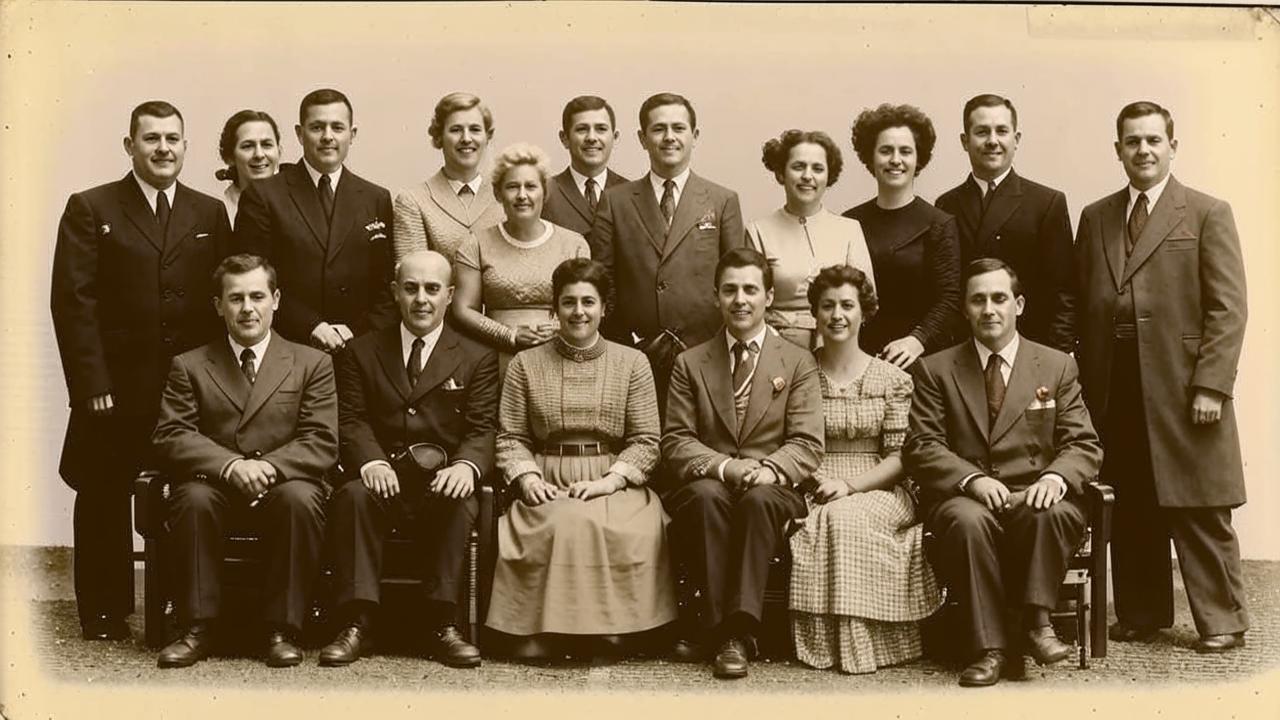
Head of teacher training and senior trainer of the LEVITA network of ballet and stretching studios
“Age is no barrier to a healthy body and an active lifestyle. Classical choreography improves well-being, gives a feeling of lightness and positive emotions from the process, and most importantly – classes are available to almost everyone. Listen to your body and the recommendations of experts and practice it for your own pleasure”.
What is classical choreography and how is it useful?
Classical dance or ballet exersises is what professional ballet dancers do every day. The exercises help them strengthen their muscles and tune their bodies before long hours of rehearsals. That said, classical choreography can be suitable not only for dancers, but also for people who have never exercised at a professional level.
What classical dance is useful for beginners:
- First of all, classical choreography is an activity that takes place without additional weight. Therefore, it is safer for the joints and spine.
- Secondly, during the performance of exercises from classical choreography it is impossible to overpump the muscles – such an effect from training is often feared by many girls.
- Thirdly, the most pleasant thing is that you can feel like a ballerina at any age. Classes will allow you to feel your own ease, improve posture, tighten and strengthen muscles, correct your gait.
Contraindications to classes
There are no age restrictions in classical choreography for most people. However, there are cases when it is better to avoid active training for medical reasons. For example, if you have chronic diseases in any form, you need to consult with your doctor before starting classes. Be sure to clarify whether you are allowed to load in the form of classical choreography.
Also in a number of contraindications include:
- elevated body temperature,
- viral diseases and infections in acute form,
- injuries to the musculoskeletal system,
- joint diseases.
Diseases of the cardiovascular and respiratory systems allow classical choreography after prior consultation with a doctor. If there are no contraindications and the doctor’s appointment is successful, proceed to the first stage of the complex – setting the correct position of the body.
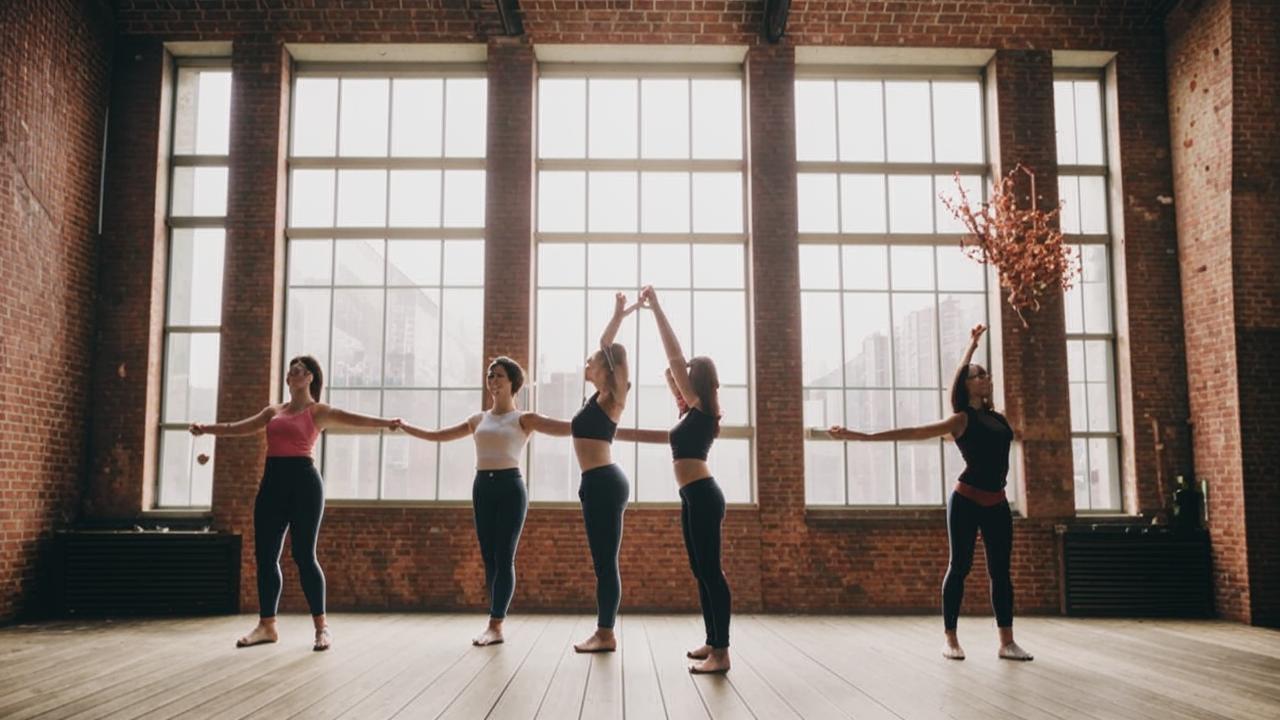
How to hold the body correctly during classes?
The position of the body in ballet is the foundation on which the whole class is built. Start from the base: first foot position, second hand position, heels together, toes open to the sides. Note that the kneecap should be pointed strictly at the toes – if it starts to “roll” forward, “curl” the feet a little, point the toes slightly forward. You should stand tightly on the entire surface of the foot, the arch is raised, the toes are as if “glued” to the floor.
When you have confidently assumed this position, begin to tighten your legs and knees. Hips tense, buttocks tightened, abdomen taut, pelvis tucked, tailbone pointing downward. The spine is pulled upwards, the top of your head stretches to the ceiling, shoulders open and down. The main thing – do not bring your shoulder blades together, just lower them down.
Position of the arms: spread them apart, slightly round the elbow so that it is directed backwards and the wrist – inwards. The elbow is raised, the shoulder is slightly lowered so that a drop can roll from the shoulder to the index finger. If you can’t hold the second position of the arms, you can always just extend them in a straight position with the palm down or put them at the waist.
Neck: stretch it out, but don’t clench it, it should be relaxed. Chin slightly raised – imagine that you are wearing a crown on your head. The expression of the face is calm and peaceful.
Having built the position of the body, check that you have done everything correctly. To do this, stand in it for a couple of minutes – if you feel your muscles gradually getting tired and you start to sweat a little, it means that you have done everything correctly. When you get used to this position of the body, you can start the exercises.
And remember the golden rule of ballet: no matter how hard the exercise is performed, no one should notice it. Classical choreography is about lightness and grace in every movement.
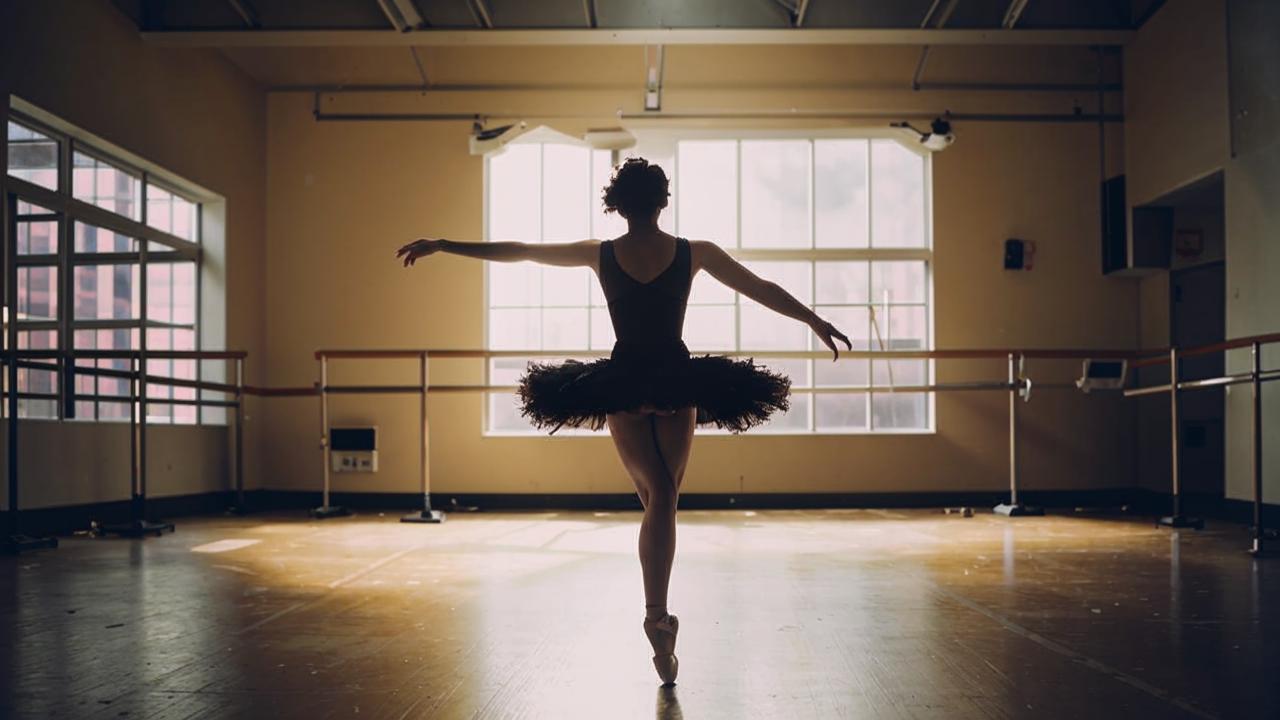
Complex of exercises to maintain health
Exercise #1. Extension of legs lying down
The very first exercise should be performed lying down, not standing. It is great for leg muscles, effectively strengthens them, helps the body to wake up. And in general, this is a great preventive measure if the muscles are not yet strong and during the exercise you are bothered by small leg or foot cramps.
Technique
- Starting position: perform it immediately after waking up, lying in bed.
- Your task is to stretch the muscles of the legs and feet as much as possible. To do this, pull the toe forward, tense the leg with force along its entire length. Keep the muscles in maximum tension for a couple of seconds and relax them completely.
- Then repeat the movement: again tense – relax. If you feel you can do more, increase the number of repetitions.
Duration: 16-32 times.
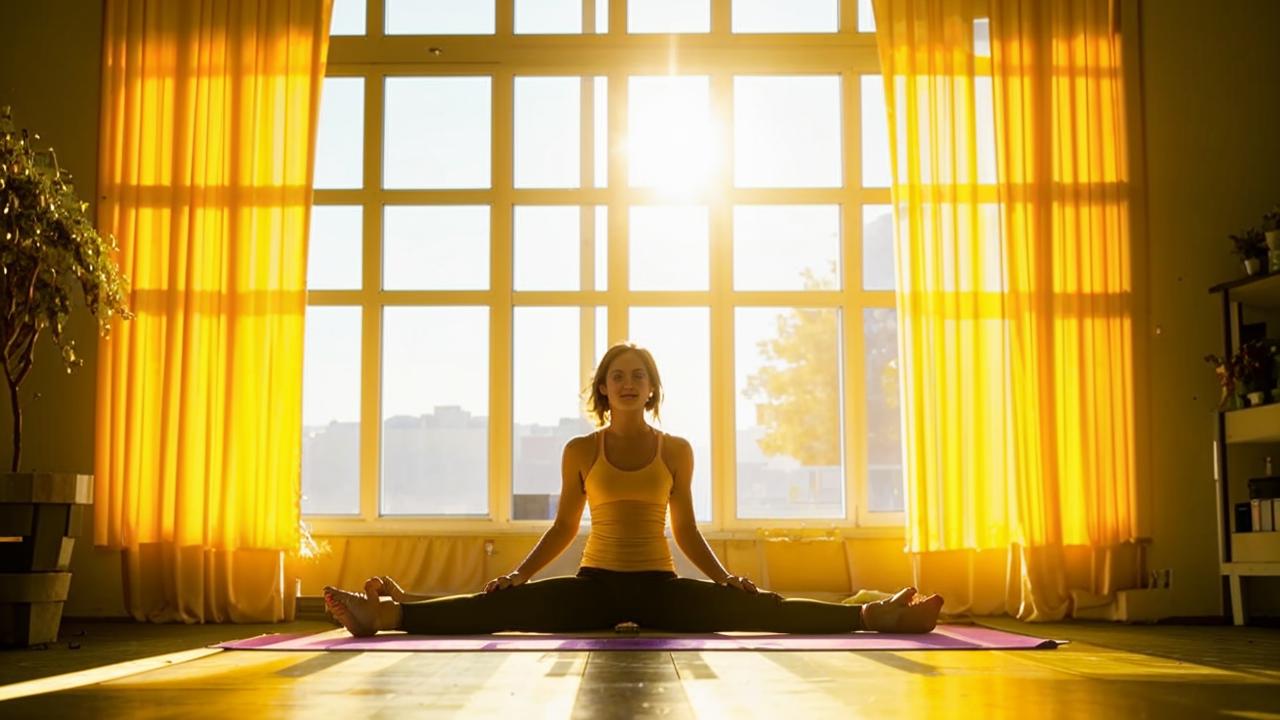
Exercise No. 2. Relevé
After warming up your muscles, go to the machine to perform half-flat lifts, or relevé (from French “relevé”).
Technique
- Starting position: stand facing the machine or, if practicing at home, a table, sofa, window sill – any surface that is at the level of your ribs and on which you can gently fold your hands.
- Put your feet in the sixth position: heels together, toes pointing forward. Legs tucked in, hips tense, pelvis tucked, buttocks squeezed, tailbone pointing down, stomach taut.
- Extend the spine so that the back is flat and the top of the head as if striving upwards to the ceiling.
- Spread your shoulders and lower them down. Do not bring your shoulder blades together, but lower them as well.
- Hands can be relaxed on the support or fixed on the waist. The chin is slightly lifted, the neck is stretched out and not clenched. In this position, take a breath and start the exercise.
- Slowly and gently pull your heels off the floor, parallel stretching the body upwards. Rise on your toes as far as you can. It is important to make sure that the heels do not move apart, but stay together. After lifting up, gently lower yourself down without injuring your legs.
Duration: 8-16 times.
Do this exercise slowly at first: go up and down for eight counts. Gradually increase the pace: go up for two counts and come down the same way. When you master the relevé, you will be able to do quick lifts on half toes for every count.
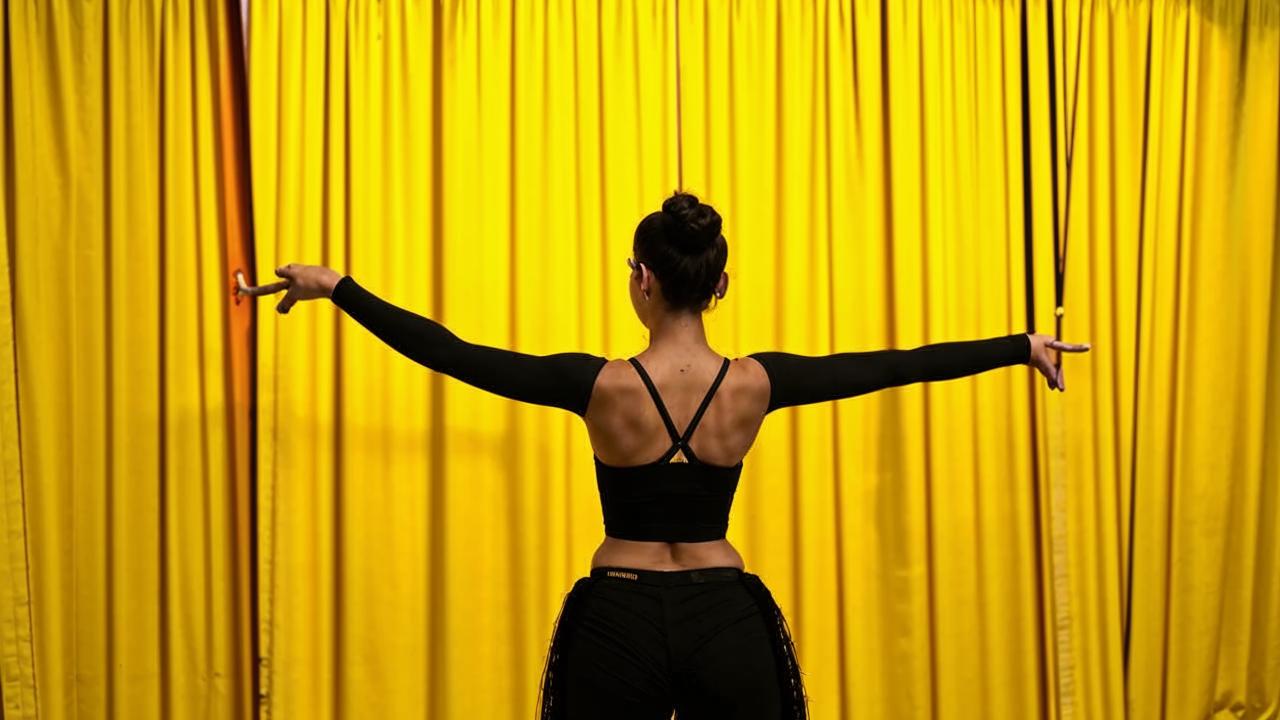
Exercise #3. Por de bras at the machine sideways and backwards
Port de bras (from French “port de bras”) in classical choreography is a correct passage of hands through the basic ballet positions with turns, head tilts and body movements. Performing this element is not only a good warm-up for the back, but also a great way to work on the mobility of the spine, open the thoracic region and “wake up” the muscles of the back.
An important point: before performing por de bras, you should definitely stretch your legs. How to do it effectively and safely?
- Starting position: the right leg is slightly bent at the knee – it is the support leg, and the left leg is pulled back slightly, feet parallel to each other.
- Start deepening the squat with the support on the right leg until you feel a slight, pleasant tension on the back surface of the left leg. Hold this position for 30-40 seconds and switch legs. This is how you stretch the entire back surface of the thigh.
- Next comes the front surface of the thigh – the quadriceps. Standing on the left leg, bend the right leg at the knee, hold the raised foot with your right hand and pull it up to the buttock. You should feel a tension on the anterior surface of the right thigh. If it is not possible to grasp the foot with your hand, you can use additional means – a fitness elastic band, belt, robe belt and other devices that will help you better reach the foot. Perform the exercise for both legs.
- Move on to warming up your knee joints. Put your feet wider than your shoulders and open them to the sides: heels inward, toes outward. In this position, start rolling, that is, transfer the body weight to one leg, bending it at the knee. Repeat the movements on each leg.
Duration: 4 times.
Now you are ready for the final part – the exercise pore de bras.
Execution technique
- Starting position: the first position of the legs, hands lie on the machine, the body is taut.
- Begin to perform bends to the sides: the head turns to the right, there is a bend to the right side.
- In the process, it is important to keep an eye on the shoulders: they must remain open.
- The gaze always looks in the direction where the bend is going.
- To make it easier to understand the amplitude of the movement, imagine that you are leaning over a log that lies at your side. Do the bend for four counts and return to the starting position. Then perform a similar movement on the left side.
- After that, proceed to bending backwards from the starting position. The head is turned to the right, the shoulders are not unfolded, but are parallel to each other.
- Start gently bending backward in the area of the shoulder blades, the belt is fixed, only the upper back works. Slightly withdraw the body, keep the head turned to the side, neck straight, shoulders kept straight.
- Do the incline for four counts and return to the starting position.
- Repeat the exercise again, but with the head turned to the left side.
Duration: 4 times for each side.
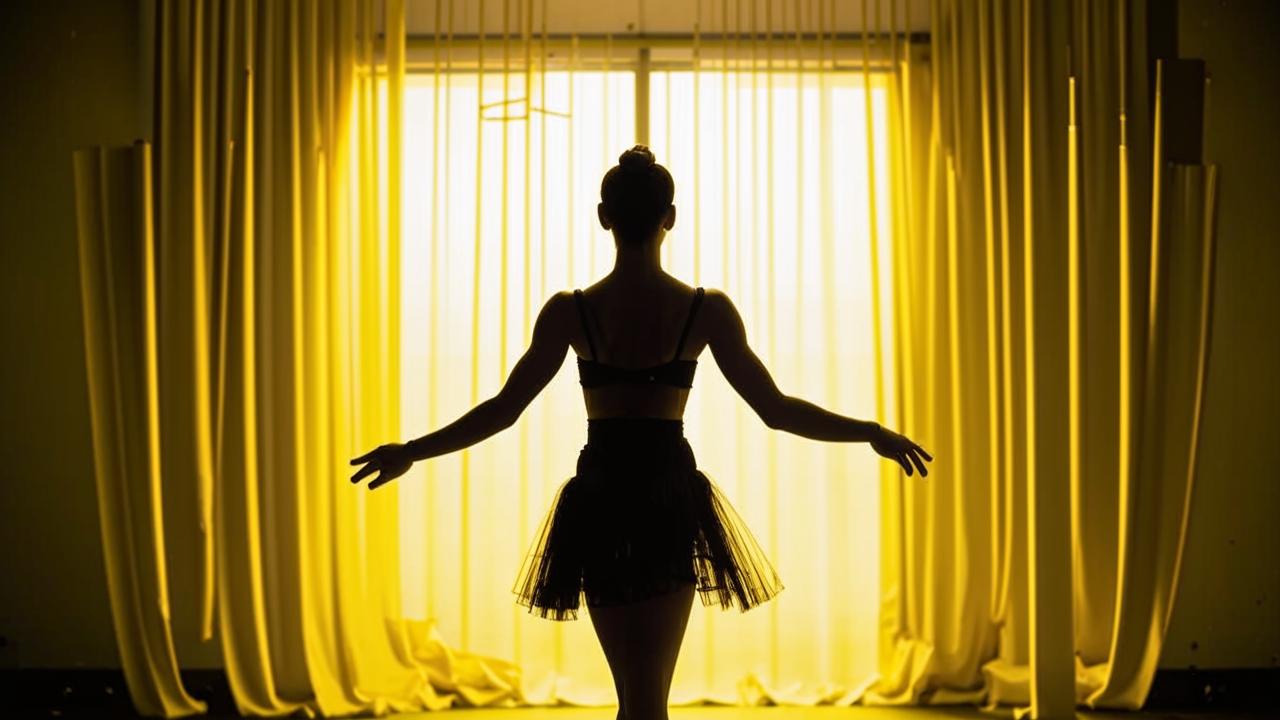
Exercise #4. Plié
Plie (from French “plié”) is a great warm-up after sitting.
Technique
- Starting position: you can stay facing the improvised machine or stand with one hand leaning on the machine, and the second hand stretched either in the second position, or just to the side, or put it on the belt. Legs in the first position.
- In this position, start squatting with the tailbone “tucked”. The pelvis is pointing downwards, not backwards – this is an important feature of ballet squats. To make it easier to understand the principle, imagine that you seem to be sliding down the wall: your back is as if pressed against an invisible support and you are lowering your pelvis to the floor. Make sure that your knees are pointed clearly to the sides and do not “fall forward”. Throughout the exercise, keep your heels on the floor.
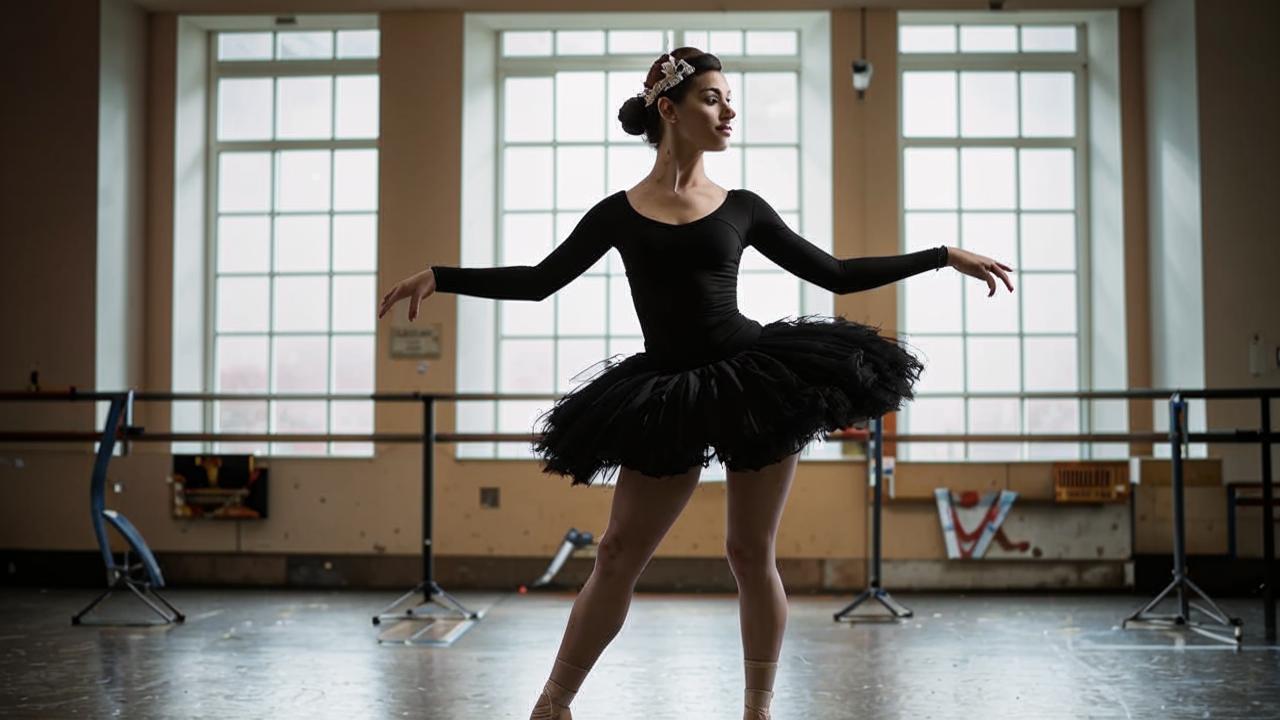
- Squat for four counts until you start to feel that you can no longer hold the position of your heels and will soon start to lift them. After that, go back up, also for four counts.
- Then move to the second position of the legs: they stand so that you can put the full length of your foot between them, heels pointing inwards and toes pointing outwards. In this position for four counts, start squatting down. The more resistance you add to the exercise, the stronger you will feel the results.
- For more effect, when you sit down, imagine that your tailbone is pressing on a tight spring, and when you get back up, you are trying to stretch this spring. In the process, you may feel resistance in your legs and engage your internal muscles more.
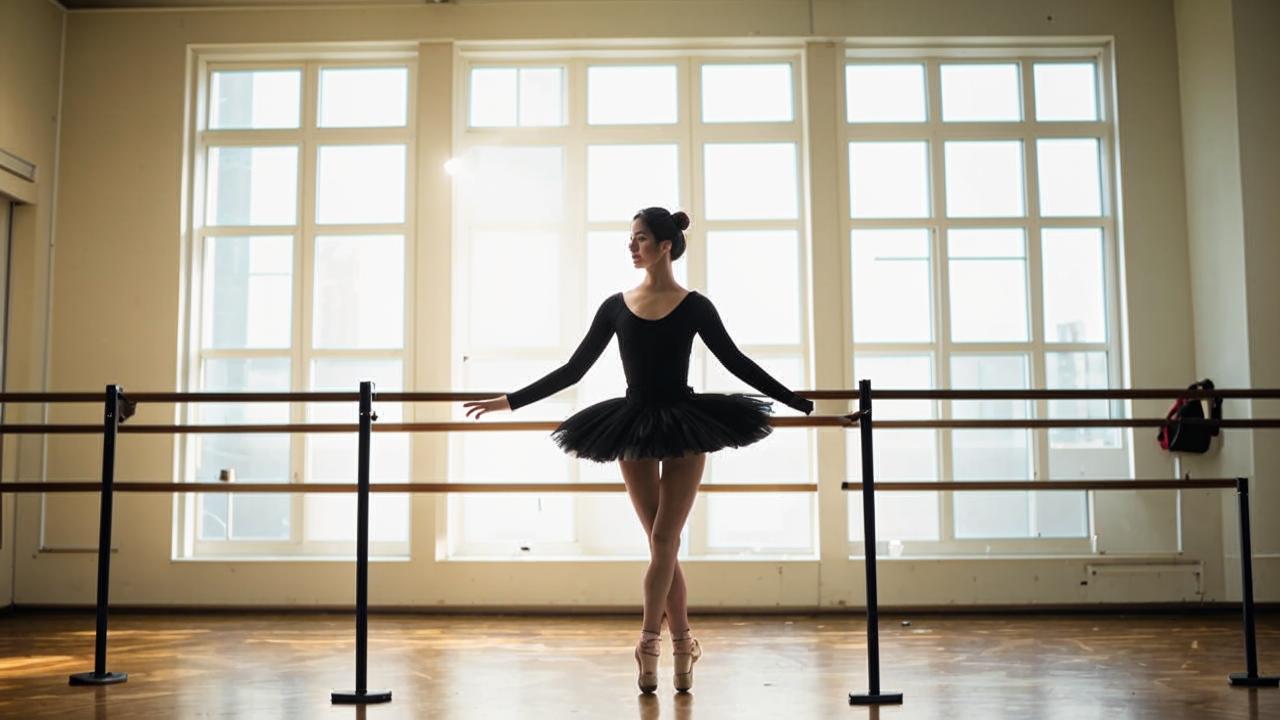
Duration: 4 times for each position.
Exercise #5. Batman tandu
Battement tandu (from French “battement tendu”) strengthens the feet well, preparing them for more complex exercises.
Technique
- Starting position: heels together, toes “look” to the sides, the knee joint is directed to the toes. Face the machine or put only one hand on the support, and the other hand is taken to the side or placed on the belt.
- Start sliding your toe on the floor, shifting your body weight to the support leg, which remains in place. Move your free foot forward as if you want your heel to be ahead of your toe.
- Extend the toe as far forward as possible and bring the foot back through the half toe – first the toes touch the floor, then the middle of the foot and finally the heel.
- Carry out such movements of the feet in turn to the side, back and again to the side. In ballet, this algorithm is called “full cross”. Your task is to ensure that in the process the knees do not bend, the feet are maximally stretched. The heel always “tends” forward, and the pelvic bones are on the same parallel with the shoulders.
- When you do the exercise to the side, the foot may go there slightly diagonally forward. To avoid turning the pelvis, you can also move the leg slightly diagonally forward when you do the movement with the leg pulled back.
Duration: 4 times for each leg.
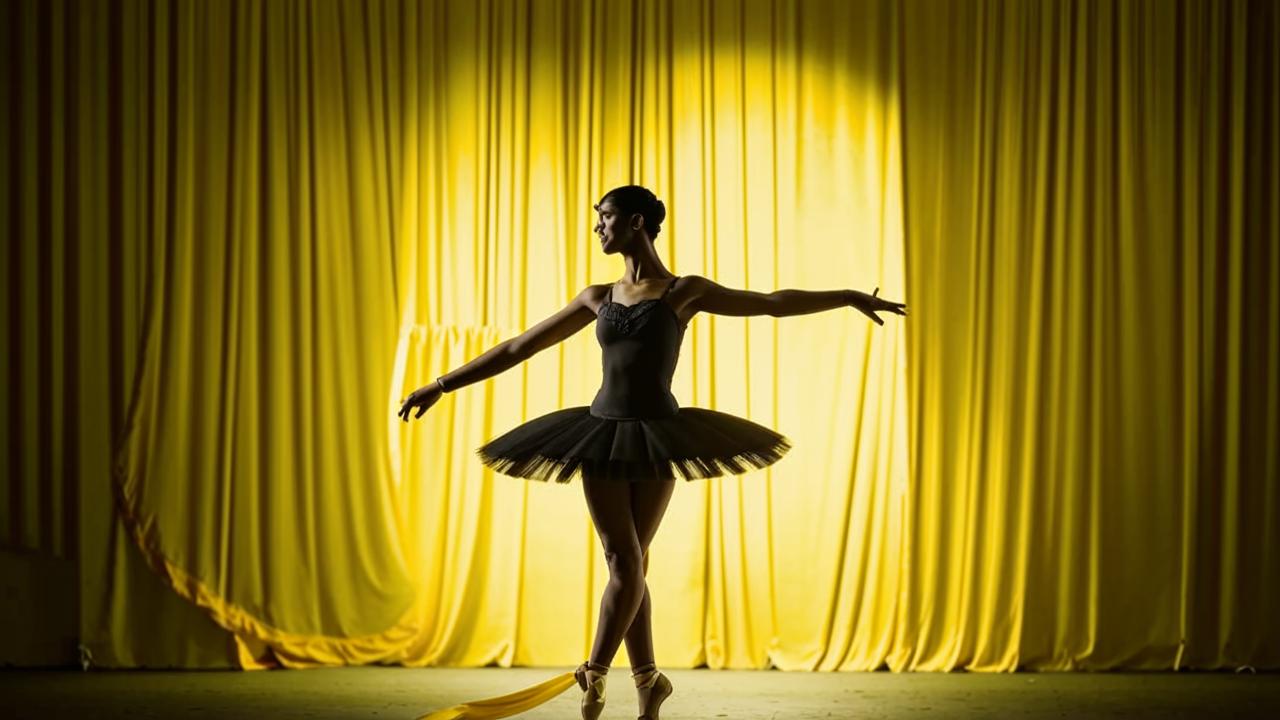
Exercise No. 6. Ronde de jambre anliere (alternative)
The original exercise (from French “rond de jambe en l’air”) allows dancers to make jumps. In our case we modernize it a little for the desired effect.
Technique
- Starting position: stand facing the machine, the right leg is supporting, the left leg is stretched out to the side.
- Raise your left leg up and try to create an angle of 45° above the floor. Orient on your sensations – lift your leg as far as you can. At the same time, the heel of the left foot should be directed to the floor.
- Tighten the body and on the supporting thigh start to squat down, stretching upwards in parallel. Keep your shoulders straight and your supporting side tucked in.
- After you squat down, start bending your left leg at the knee and pull the foot towards the calf of your right leg. Afterward, bring your left leg back in. Perform squats and bends for four counts.
- Make sure that the body does not turn around, the muscles should always be tense.
Duration: 4 times for each leg.
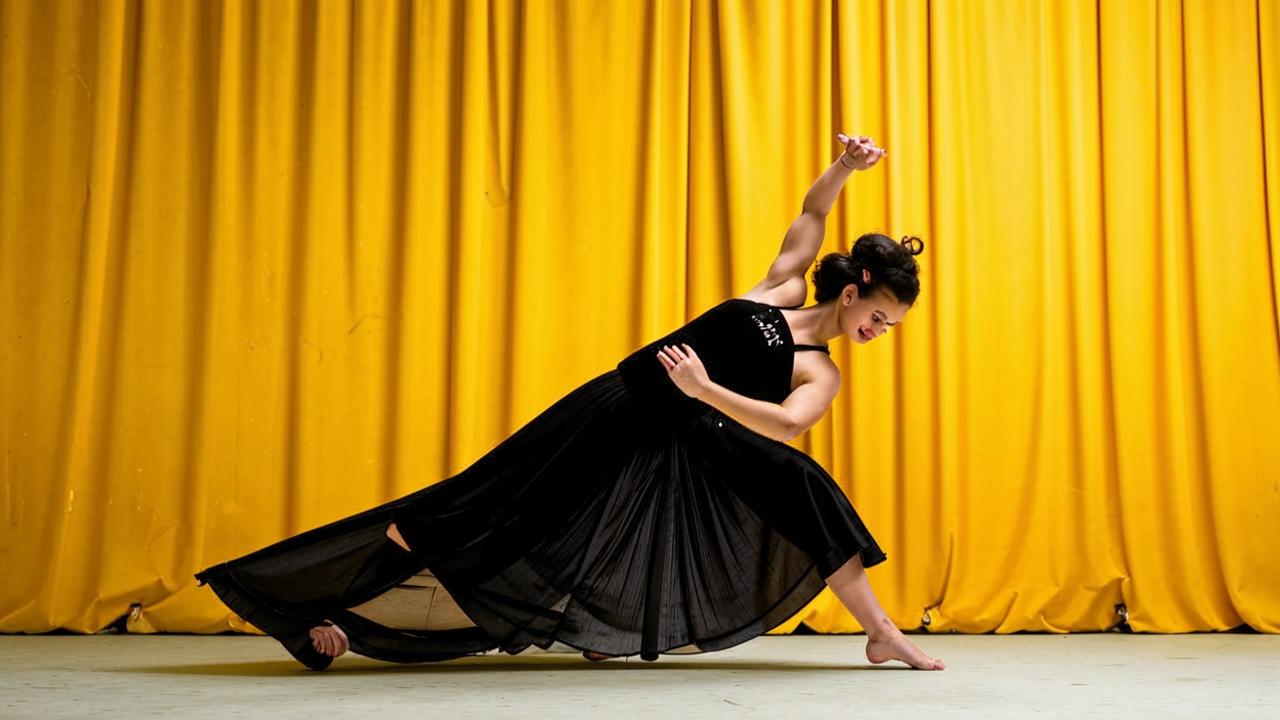
Exercise #7. Adagio (leg lifts)
This smooth exercise (from French “adagio”) combines the elements of relevé and battement tandu. It helps to strengthen leg muscles and to work the inner surface of the thigh due to the eversion position. Performing it backwards also strengthens the glutes. In addition, the cortical muscles are included in the work.
Technique
- Starting position: keep one hand on the machine, the second hand is brought out to the side, legs are standing straight.
- Start performing the familiar batman tandyu, bringing the foot to the toe forward. But don’t stop there, but keep lifting it up. Heel pointing to the ceiling, toe tensed, knees bent.
- At the count of 8, lift the leg, also lower it back, coming to the starting position. On the count of 5-6 fix the leg in the raised position, do not lower it immediately. Orient on your sensations: it is not necessary to hold too long.
- Perform the movement several times forward and to the side. Then move to the backward movement of the leg. At this point, for a better understanding of the principle, you can imagine that the working leg and the opposite shoulder are as if bound with a rubber band and trying to get together.
Duration: 4 times per element (for each leg).
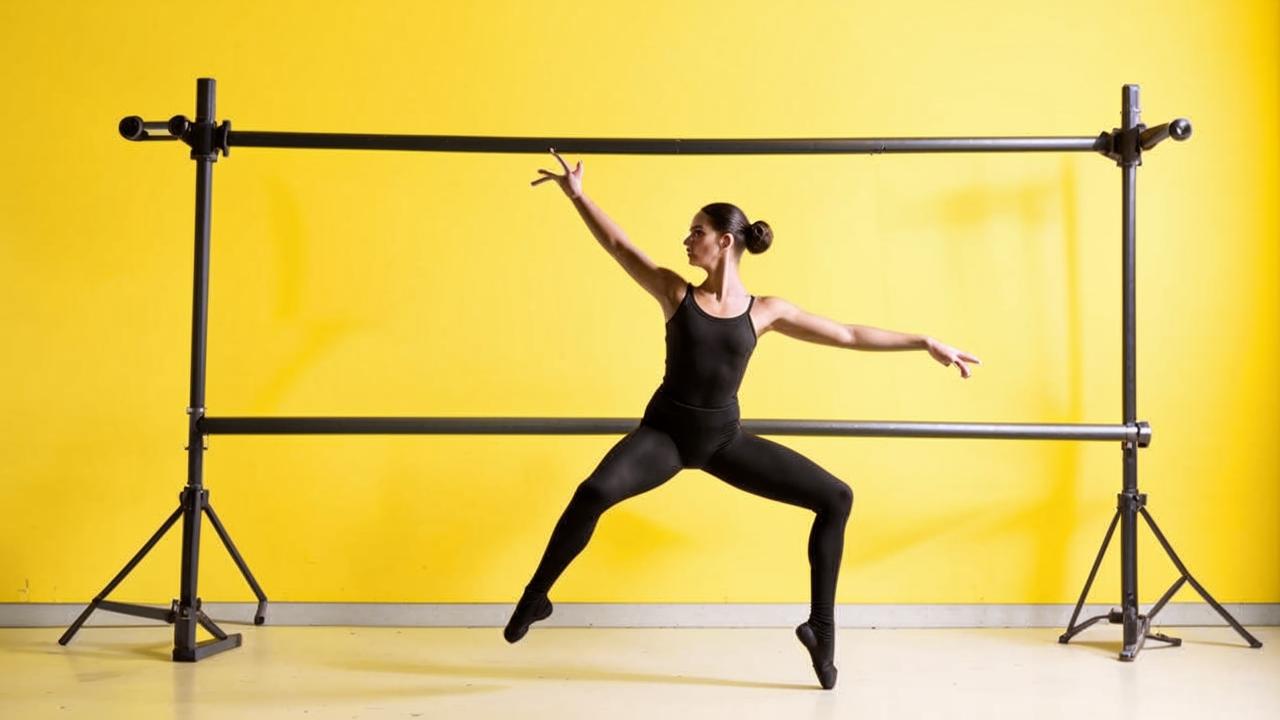
Exercise No. 8. Grand Batman
Grand battement is one of the basic elements of classical exersis. Just like adagio, it strengthens leg muscles, helps to work on mobility of joints and adds dynamics to the training, and thus increases the general endurance of the organism.
Technique
- Starting position: you can hold on to the support with one hand, you can turn your back to the support and put both hands on it. Shoulders are straight, the position of the body as in the previous exercise.
- Now you should not slowly, but sharply throw your leg upwards. On the count of one throw it out, on the count of two return it. Do the movements each time through sliding on the floor as if you want to wipe it. Make sure that your knees are not bent and your legs are straight. Do the swings as hard as possible.
- After throwing forward, repeat the movement, but to the side. Try not to jerk the body, do not help yourself with your body, work only the muscles of your legs.
- After that perform the exercise with back swings. Bend your back and lean forward a little to make it easier to perform the whole exercise.
Duration: 4 times for each element (for each leg).
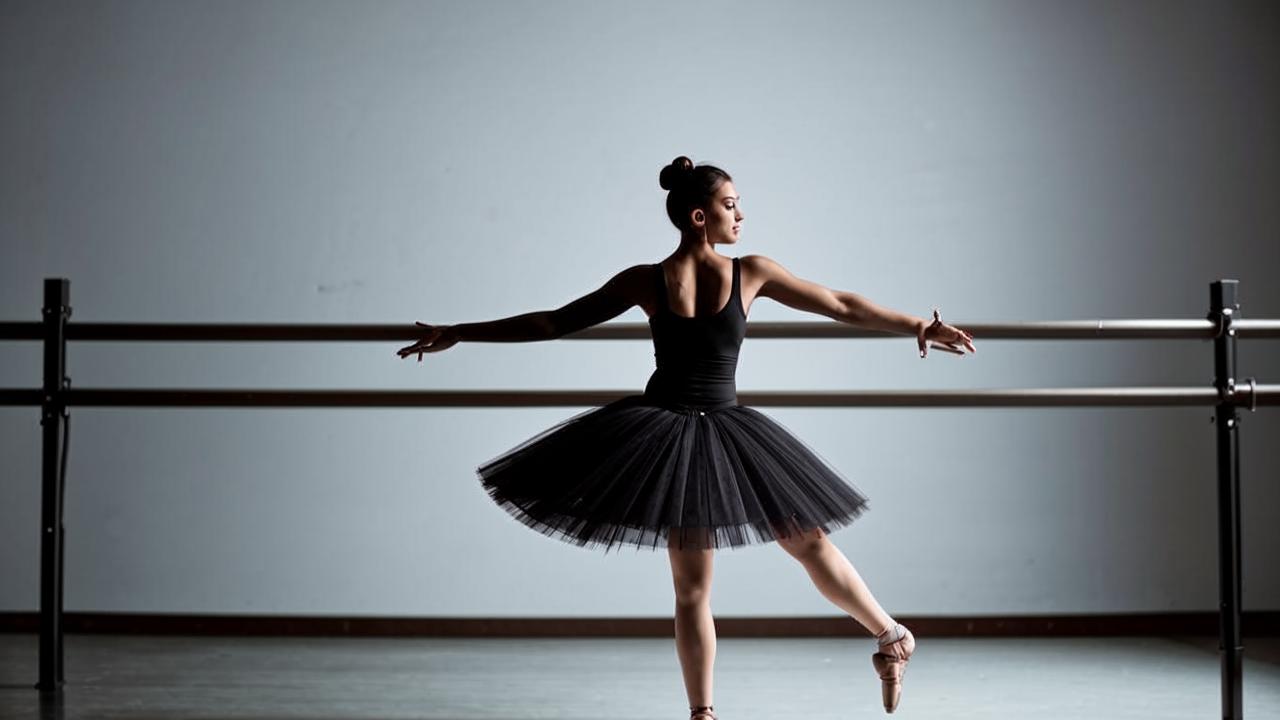
Exercise #9. Balance
Execution technique
- Starting position: go to the middle of the hall or just move a little away from the support, stand in the first position, spread your hands apart or put them on your waist.
- While holding this position, try to rise on your toes and keep an even balance. With the top of your head, strive to go upwards as much as possible. You can perform the exercise only on one leg, for example, on the left one.
- Make it the support leg, and bend the right leg at the knee, keep the toe at the ankle of the support leg. Try to keep your balance in this position without sitting down on the supporting leg or “tipping” to the sides.
Duration: 4 times for each leg.
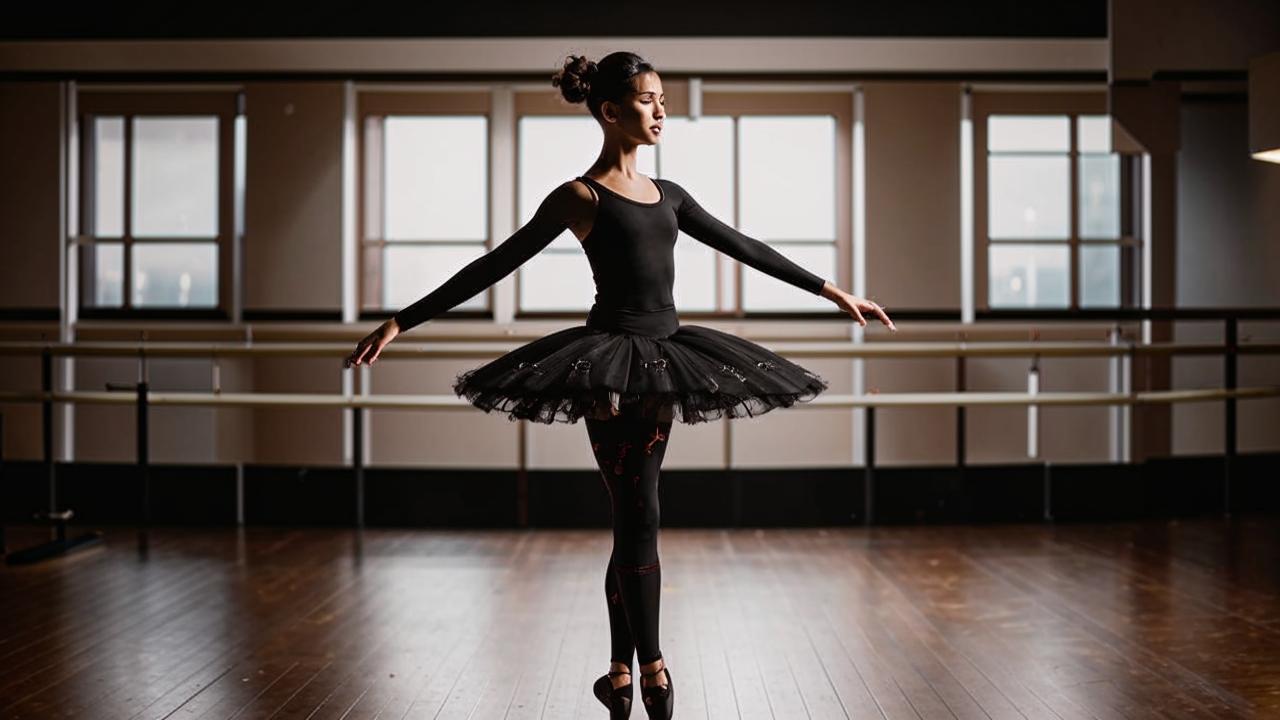
Exercise No. 10. Stretching at the machine
The final part of the complex is stretching, which will help you to finish all the previous load beautifully and smoothly and remove tension from the muscles.
Duration: 4 times for each side.
Starting position: choose according to the situation.
If you have a support, then you need to come closer and put one leg on it, adhering additionally with your hand. Pull the body closer to the support and begin to perform body tilts towards the extended leg. It is important to make sure that the pelvis remains straight, the leg was directed clearly forward, not to the side, the back remains straight even in the incline. While performing the exercise, you can put your free hand on the outstretched leg. Try to relax and feel the tension on the back of the leg.
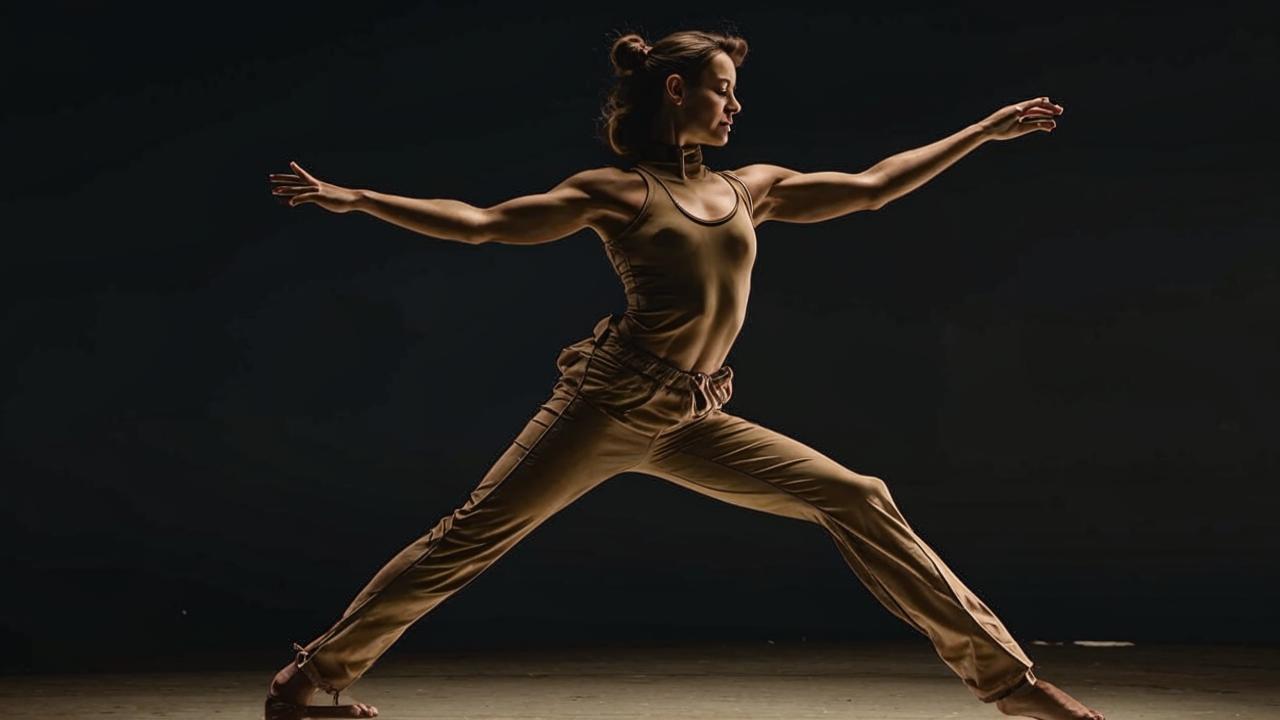
The second method is to take the leg to the side and perform an incline in this direction. That is, you lean the body sideways, stretching the lateral muscles.
For convenience, you can count from eight to 16 or time 30-40 seconds for each position.
The whole complex of exercises is aimed at forming strong and strong muscles, without pumping them and without using any additional equipment. In the process, always keep an eye on the position of the body. If you feel that you are getting heavy and because of this change the starting position, then either take a break or reduce the amplitude of movements.
If some movement seems unclear to you and you think you are doing something wrong, it is better to simplify the movement or skip it. The number of repetitions is advisory in nature, first of all you should be guided by your feelings. If it is too difficult for you to perform four approaches, you can perform two. Or, on the contrary, you can perform more than the specified number of reps if you feel strength in your muscles – everything is individual.






